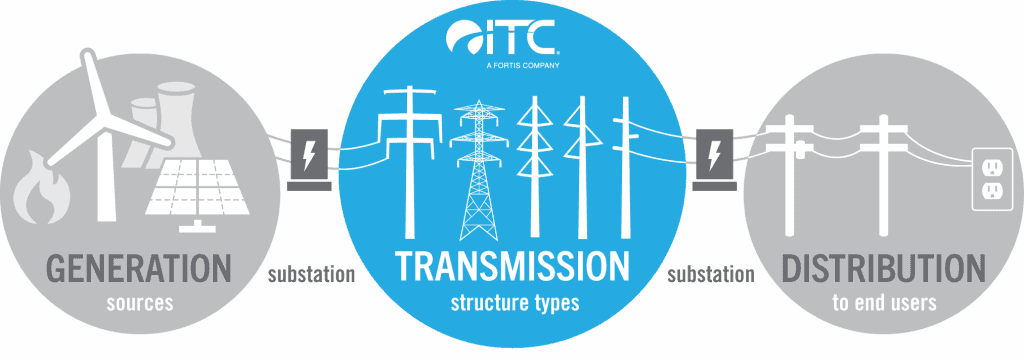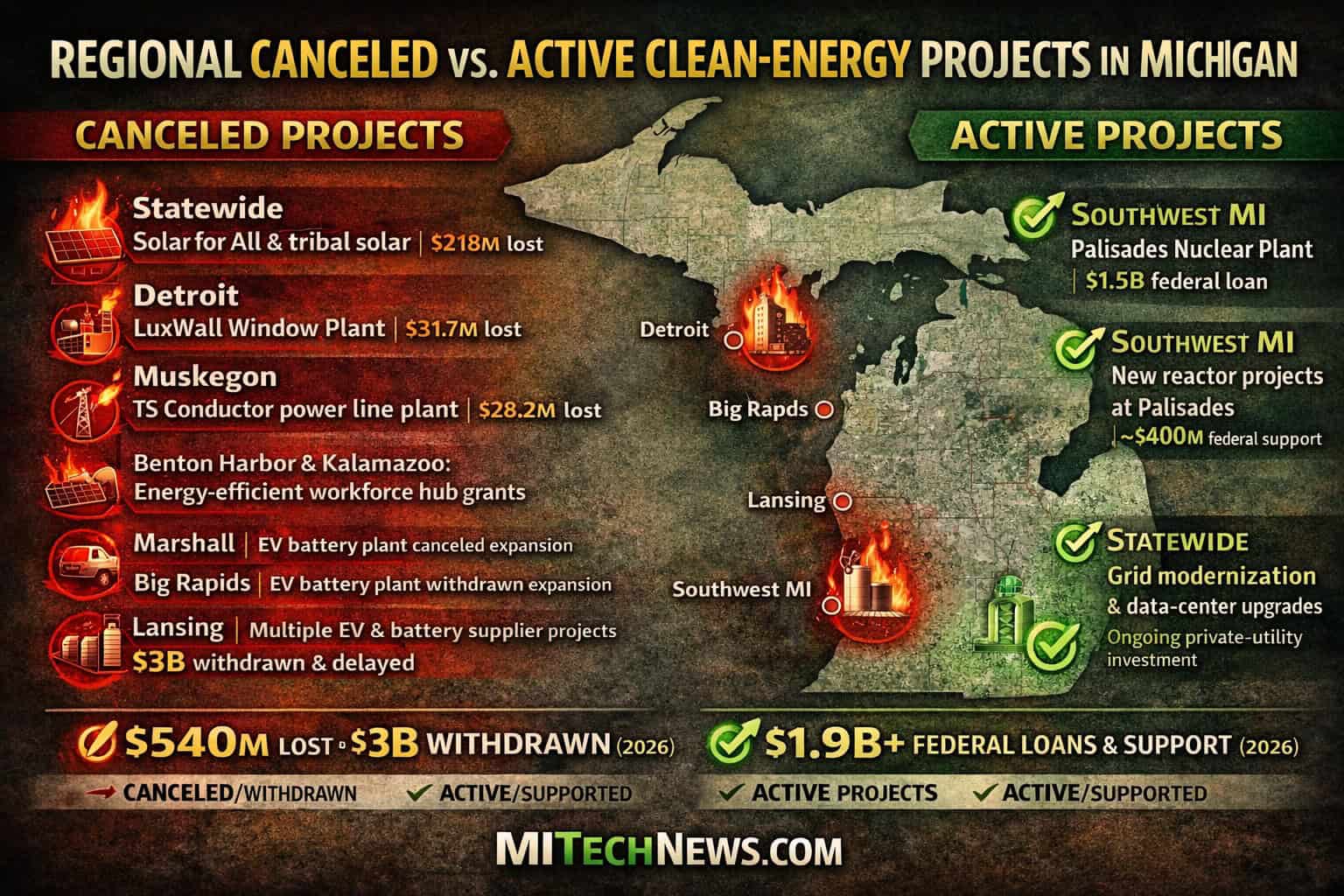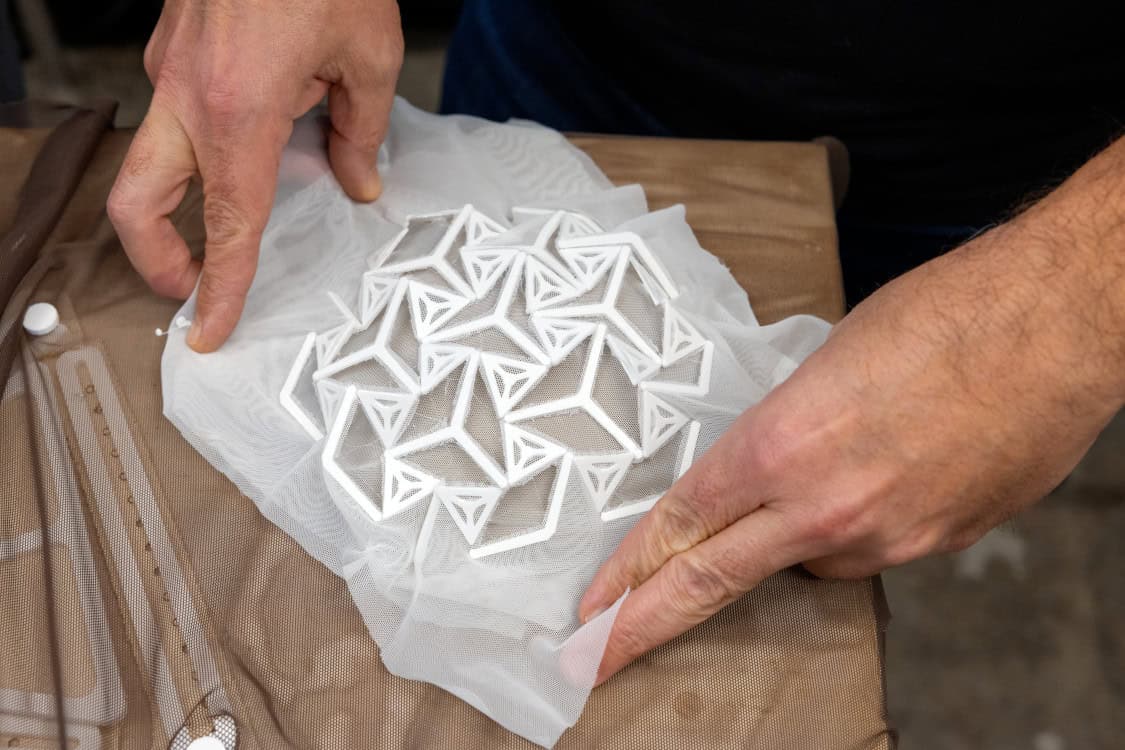SEATTLE – It looks nothing like a typical “fan on a stick” wind turbine, but this oval track with evenly spaced wing blades could be an enormously disruptive addition to the renewable energy mix, since it slashes the cost of wind power to unprecedented lows.
Wyoming’s Airloom Energy has come out of stealth mode with a new CEO fresh out of Google[x], US$4 million in seed funding, led by Bill Gates’s Breakthrough Energy Ventures fund, and a radically different technical approach that it says fundamentally upends the financial equation for wind farms.
Wind turbines are getting absolutely enormous, with some new designs standing taller than the Eiffel tower, as some of the largest moving machines in history . And they’ll continue getting bigger, because the bigger they get, the greater the energy incentive becomes to make the blades even longer.
But their sheer size increases cost at every step; the materials, manufacturing, transport, logistics, construction and maintenance budgets all take a severe hit when you’re dealing with long blades, tall tower structures, and massive generators that have to live at the top of them and support the blades.
Airloom’s approach makes everything much smaller and much closer to the ground. A 2.5-MW Airloom setup would use a number of 25-m (82-ft) poles to suspend an oval-shaped track, into which a series of 10-m (33-ft) wing blades are set, joined by a cable.
Like sailboats, which can harvest motion energy from wind in any direction except dead-ahead or straight behind, these blades harvest wind energy as they travel around the track, which is oriented such that its long sides are angled for maximum wind capture and its short ends are spaces where the blades can change direction as the rest of the blades haul them around.
Power takeoffs harvest linear motion from the cable to run generators. Where a regular wind turbine gets maximum torque from the tips of its blades and very little from the bits closest to the hub, the full length of each of the Airloom system’s blades will contribute to hauling the whole loop around, with effectively a short break twice per revolution as they turn around at the ends.
To read more, click on New Atlas






